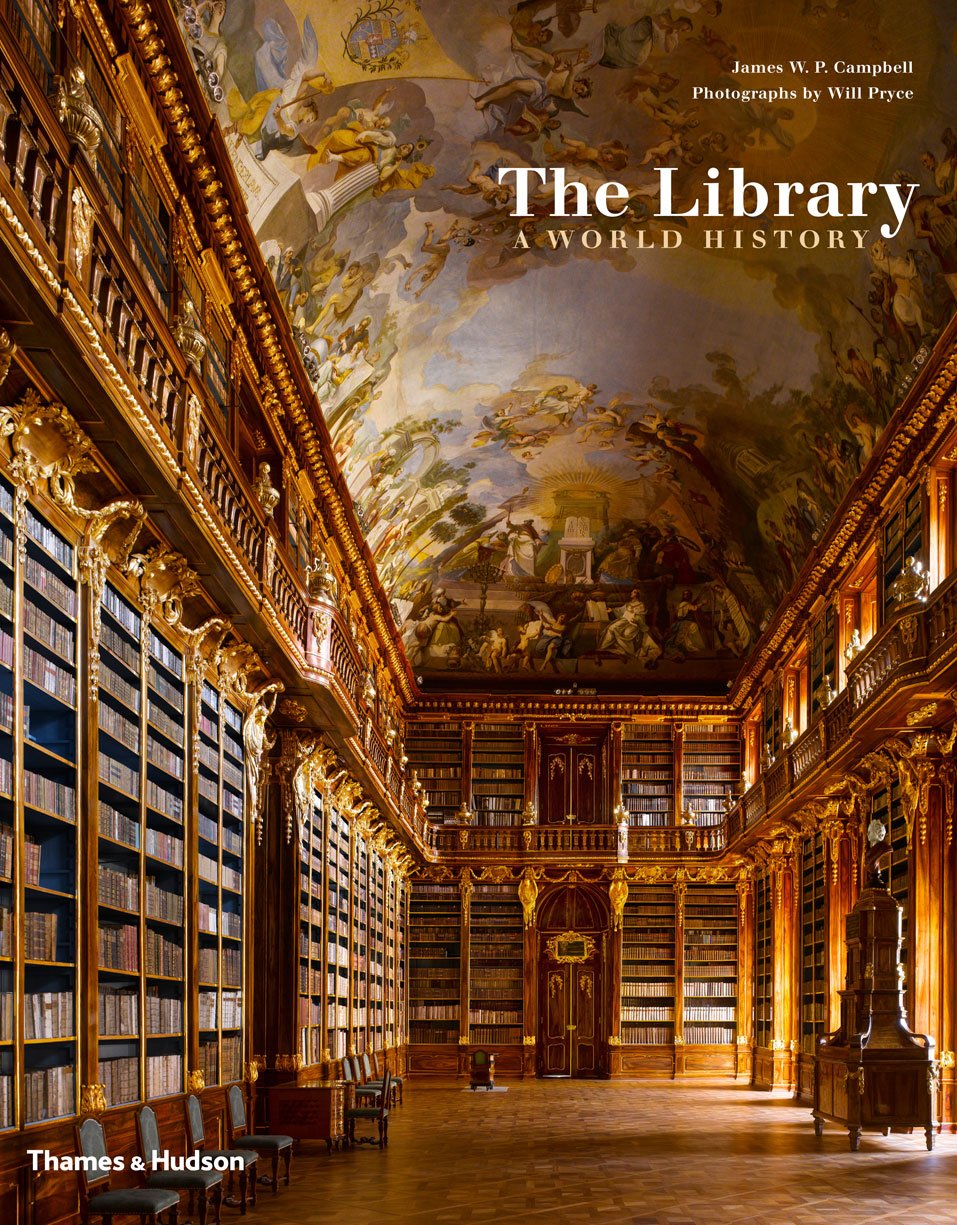Our February CLG event was a talk about the history of library architecture, by the author of The Library: A World History, James Campbell. He gave us a quick overview of everything, a whistle-stop tour of significant libraries from around the world, accompanied by some stunning slides.
Apparently libraries were originally used merely to house scrolls or books, and instead of studying within the library you would come and take away the item to needed to peruse elsewhere. This impacted on the architecture as there was no need to plan for people to actually use it. James also said that there’s a possibility Greek and Latin libraries might have purposefully been built together, to complement each other when those languages were both vitally important for education. He took us everywhere from a monastery in South Korea, where a huge library houses just one book and its corresponding printing blocks, to Michelangelo’s Medici Library (which is beautiful but apparently not practical at all!), to the Biblioteque Nationale and the National Library of Beijing, shining examples of modern library architecture. We saw libraries change from repositories to interactive study-spaces, and the rise of the public library from the 19th century onwards. From 16th-century stalls to (apparently James’ favourite) 18th-century Rococo designs and 19th-century barrel-vaults, the library has always adapted to the architecture of the time in new and surprising ways, including hidden doors and libraries completely made from iron!
It was a really interesting lecture and made me want to go travelling just to see libraries around the world. Talk about your busman’s holiday…! There really are some amazing library buildings out there. I’m also definitely going to be buying his book, if only to give me something to aim at for future holidays!
By Lucy Woolhouse, Graduate Trainee Librarian at Christ's College.
